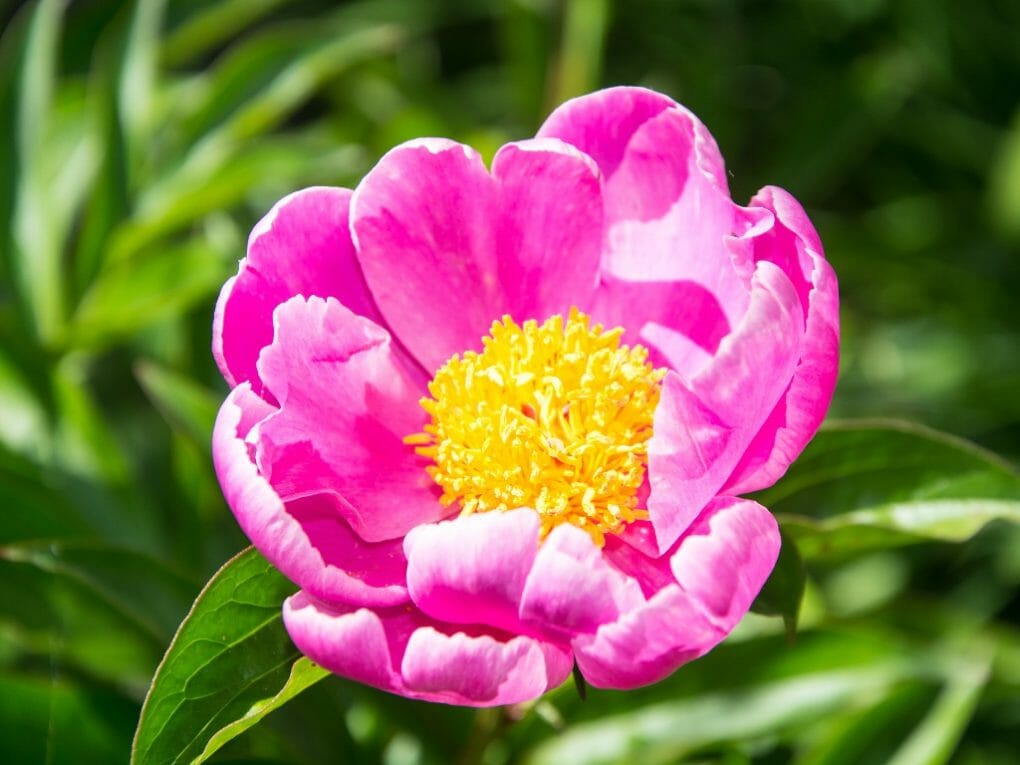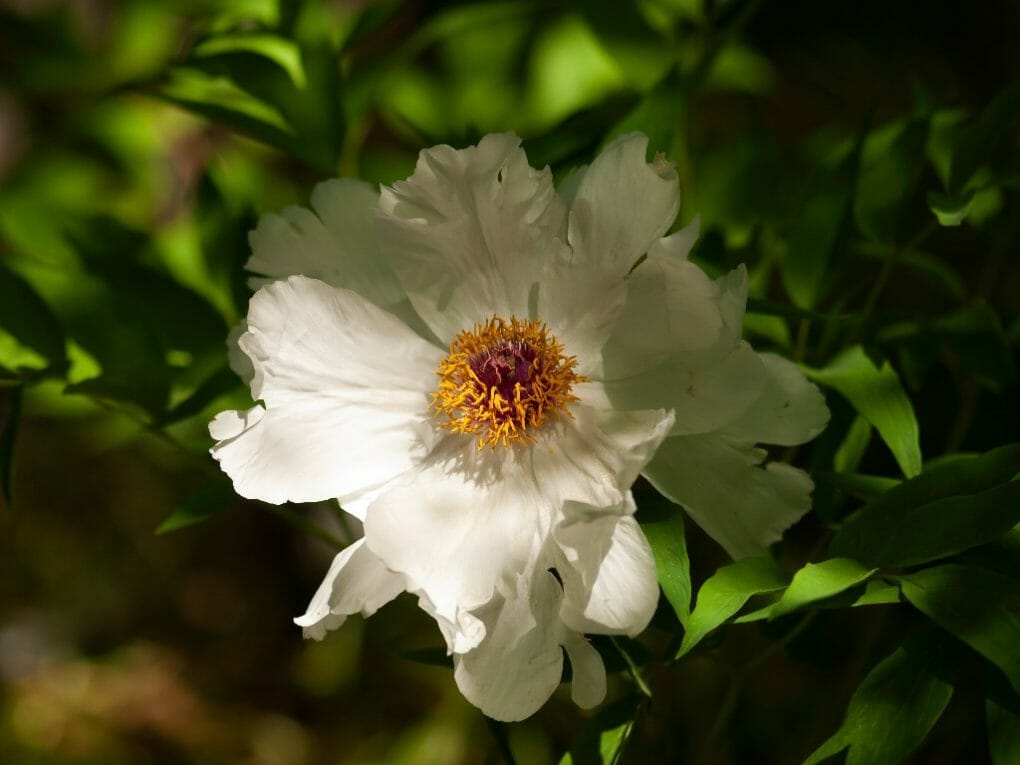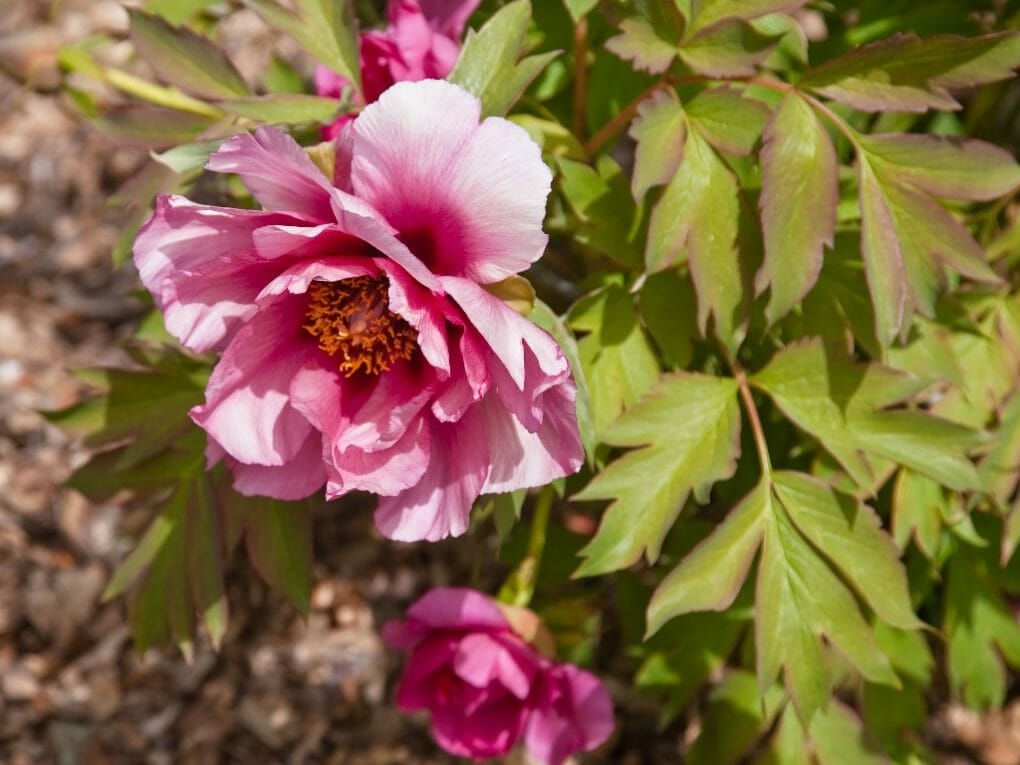Do Peonies Change Color? | Discover the Answer Here!

While there isn’t a lot of science that supports the theory, some people believe that peonies may change color over time. This might be due to variations in light exposure or climate conditions. So, suppose you’re interested in seeing your peony flowers turn colors during their blooming season. In that case, it’s best to experiment with different lighting and air conditioning settings to see which works best for you.
Although peony plants don’t vary their flower color over time, they produce seeds, and the offspring often have a distinct flower color. Peonies are notoriously difficult to tell apart from their offspring as they multiply and spread.
Table of Contents
7 Reasons Why Peony Appears to Change Color
Fading Peony Colors
If peonies do change color over time, the colors will likely fade. The sun and wind can damage a plant’s delicate flowers, causing them to fade. Over time, the petals may even fall off of the flower. It’s important to water your peonies well during summer months when they are in full bloom so that their foliage remains green and hydrated instead of wilted yellow or brown. While peonies may change color over time, the process is largely random and unscientific. So, if you’re looking for a peony that always has the same flower color, you may be disappointed.
Stress May Induce Discoloration
The main factor affecting peony color is the sunlight they receive. When you first purchase peonies, their color may be vibrant and fresh. However, as time goes on and they experience more stress – such as being moved from a sunny spot to a less-sunny one or having flowers nearby that are taking up more sun – their colors may start to fade. Ensure your peonies get plenty of direct sunlight throughout the day to prevent fading! If you notice your petals turning yellow or greenish-yellow (due to lack of light), move your peonies to a more sun-drenched spot.
When the peony plant is relocated, transplanted, or subjected to any other form of stress, the flowers may see a slight color change. Although the explanation is unknown, stress is one of the possible factors that can cause a peony blossom to become paler. The plant’s natural color may return shortly after the damage has been repaired, or it may not return for several years or at all, depending on the extent of the damage and the particular species of plant that was affected. Although most plants will experience such color changes at some point, this particular change in appearance is particularly common in iris flowers. The stress level of a plant can sometimes be increased by factors such as illness, viral infection, drought, or pest infestation, all of which might potentially impact the color of the flowers.
Damage to the Plant’s Root System

The root system of peony is composed of numerous smaller roots spread out all over the soil. When damage is done to these roots, it can cause an imbalance in the plant’s overall moisture and nutrient levels. This imbalance can lead to stunted growth, yellowing foliage, and eventual dieback of parts or all of the peony’s root system. If this problem affects one flower within a cluster, it may also change color because its leaves receive less light and nutrients than the other flowers.
Self-Sowing Hybrids May Revert
Many hybridized annuals will return year after year, earning them the nickname “self-seeding,” although they will be developed from seeds rather than roots, as is the case with perennials. The fact that the parent plant is a hybrid means that the children that sprout from its seeds do not breed true. This means that the next generation has reverted and taken on the features of an older progenitor. Flowers on these plants frequently take on a hue distinct from the parent plant from which the seeds were harvested and germinated. This is the consequence of genetics, meaning that established plants have genes for different hues. This gives the appearance that the plant has created a peony color change when, in reality, the plant simply carries genes for several colors.
Age-Related Flower Discoloration
Perennial plants, like peonies, typically bloom for a prolonged period. This prolonged bloom can result in the flower’s petals becoming stained and discolored over time. This age-related flower discoloration is known as color fading. However, there is a way to prevent color fading and maintain the color of your peonies. One way to prevent color fading is to water your peonies regularly. This will help keep the plants hydrated, which in turn will help protect them from sun and wind damage. Additionally, keeping your peonies well-watered at all times can also help retard the yellowing of foliage due to dryness or drought conditions. Finally, feeding your peonies a balanced fertilizer may also assist in protecting their colors against fading.
Genetic Mutations May Result In Sports
Do peonies change color? This question has puzzled peony growers and flower enthusiasts for years, and the answer has remained a mystery. However, recent research shows us that peonies may change color due to genetic mutations. A genetic mutation known as sporting can cause a single flower or a branch of blossoms to transform into a different color. This mutation almost always just affects the color of the petals, although it can also occasionally affect the color of the leaves. The factors that led to the shifts are poorly understood, and competition is not very common. For a sport to emerge, the parent plant must have been a cutting taken from a plant that already possessed the mutation. If you’re concerned about the color of your peonies, contact your breeder for more information. They will be able to tell you if any changes in the alleles responsible for your peonies’ coloration and can provide you with tips on how to manage the color change.
Light and Temperature

It’s time to take a trip down memory lane and visit your childhood garden! In the spring, peonies change color based on the light and temperature in your garden. If you’re looking for a specific color, adjust the height of your peony plants accordingly. Keep an eye out for blooms that are off-white or shades of pink, purple, or blue to see your plant’s true colors. As for sun and water, ensure enough to keep your peonies healthy and vibrant all season long!
